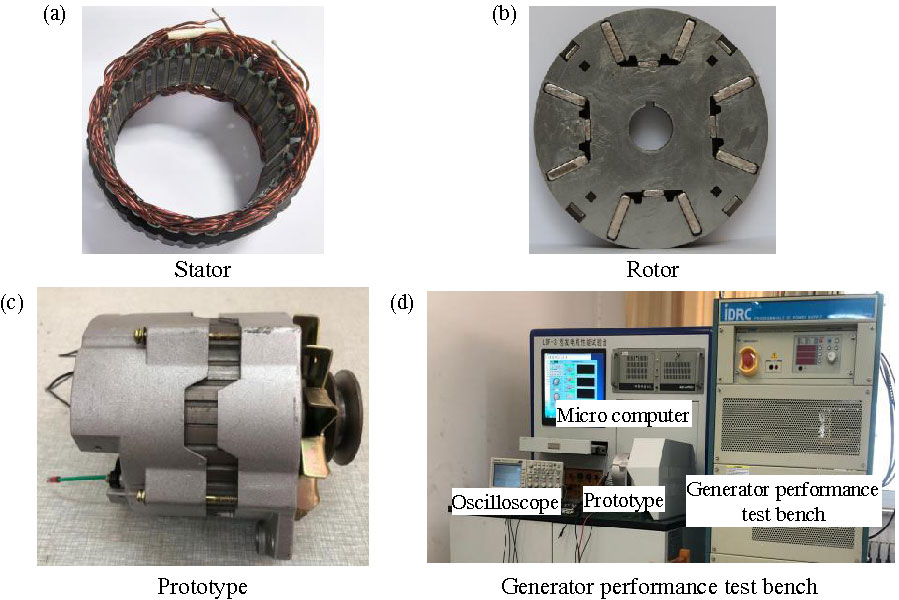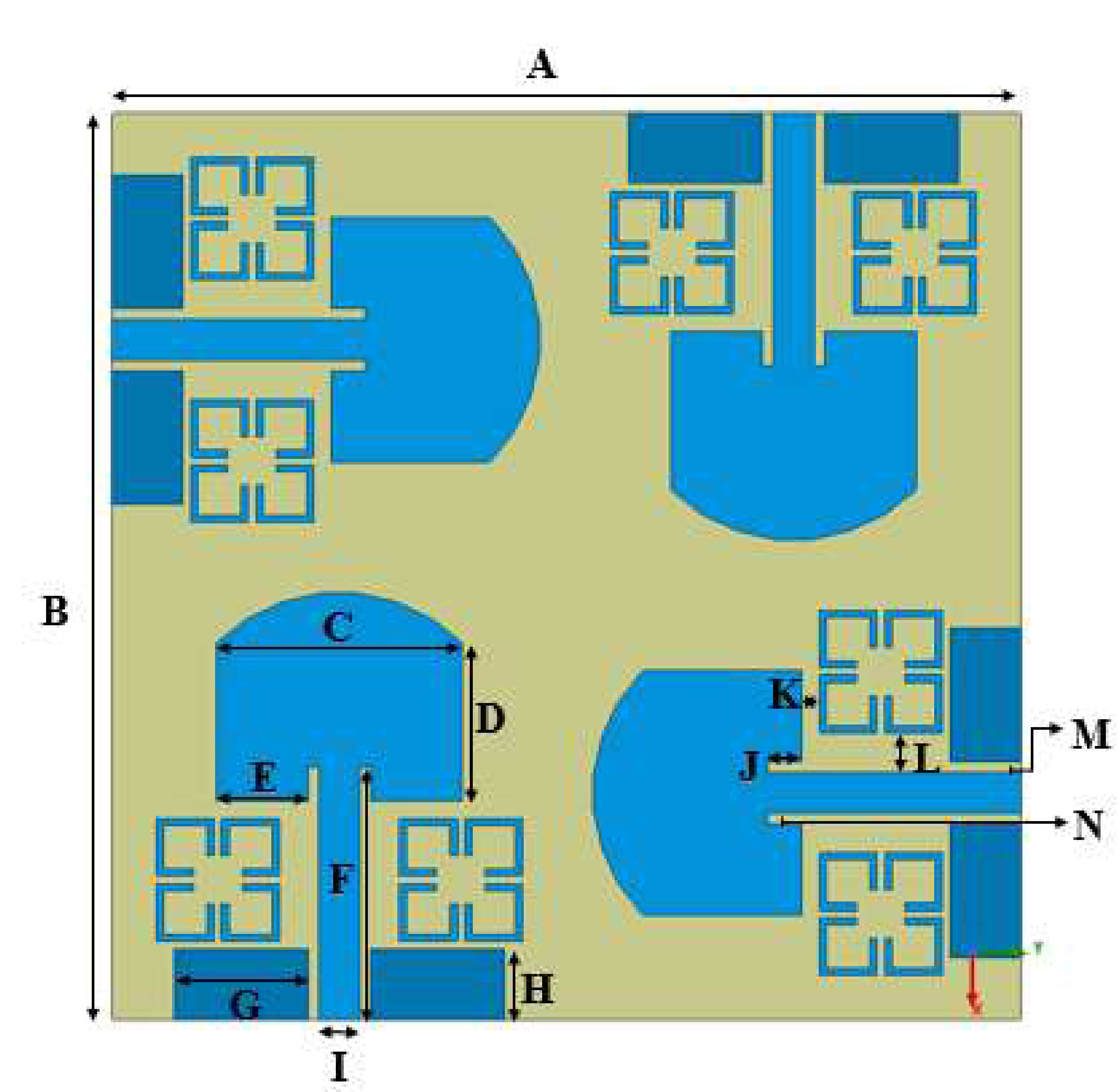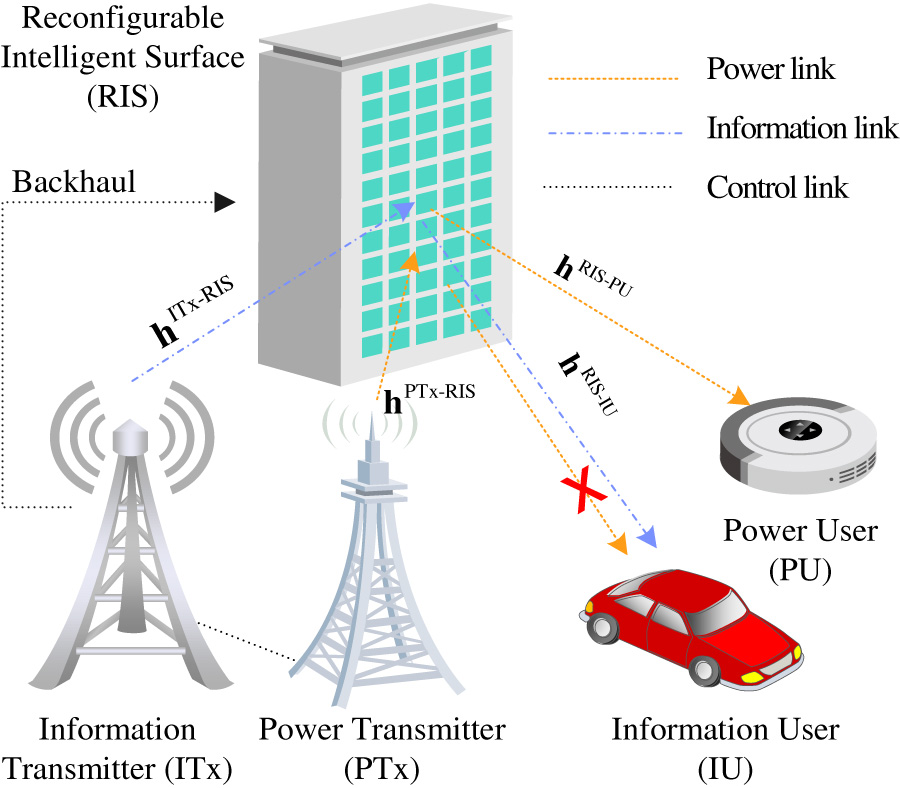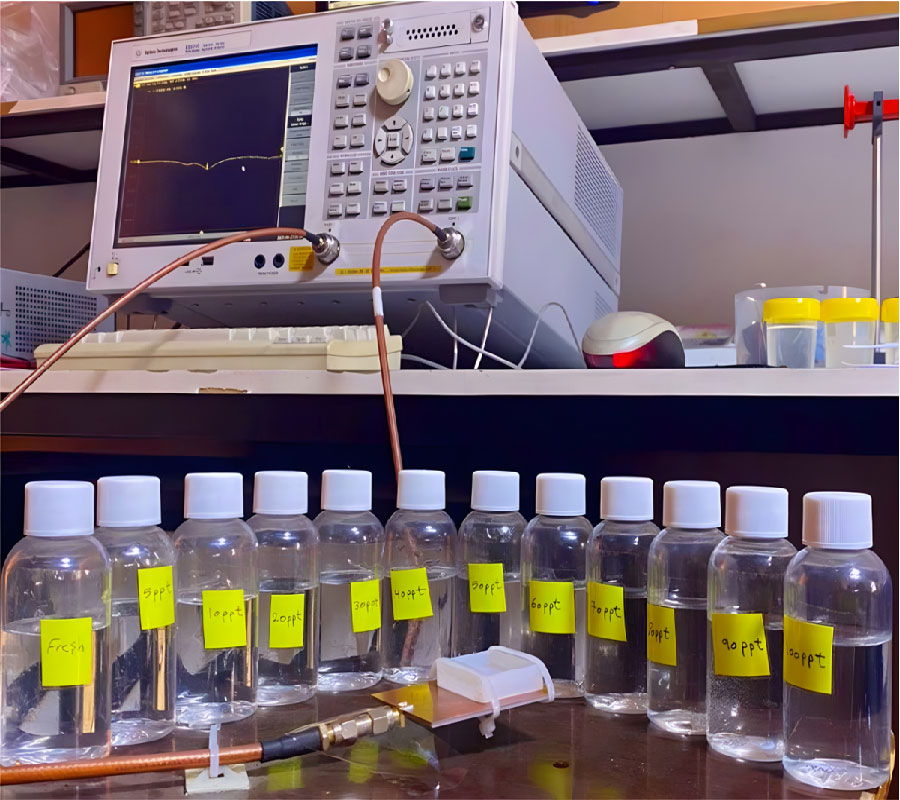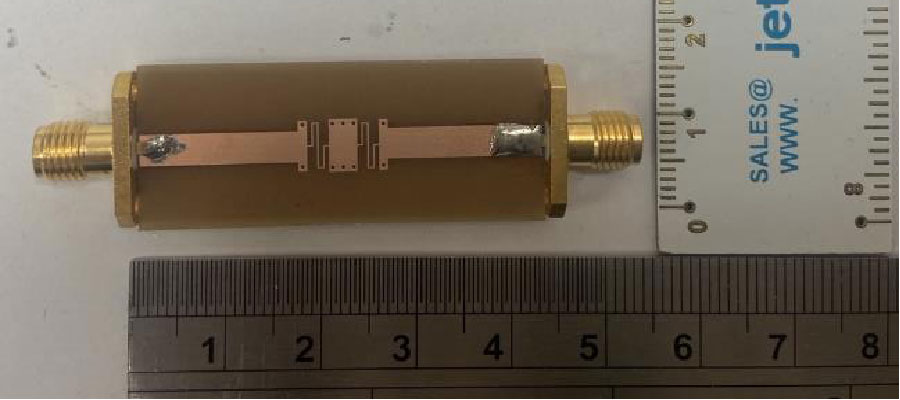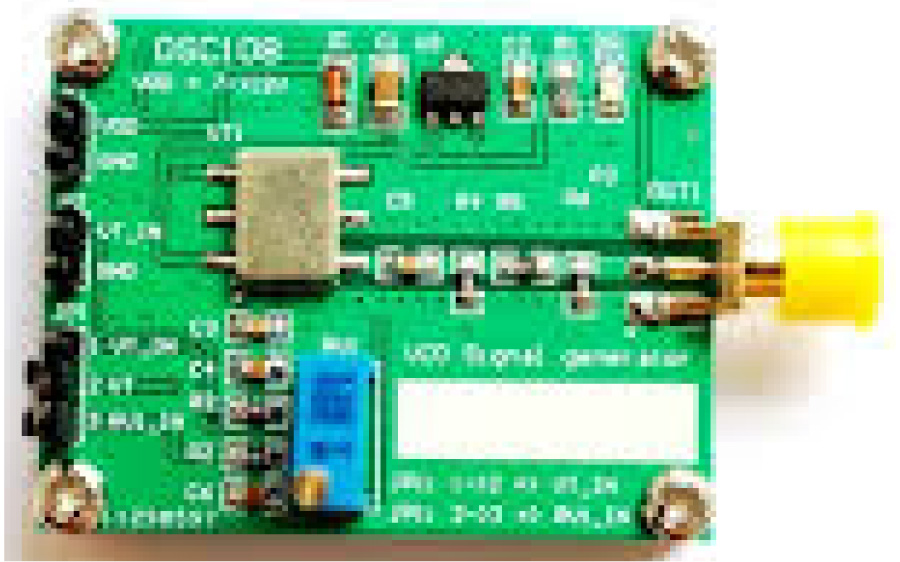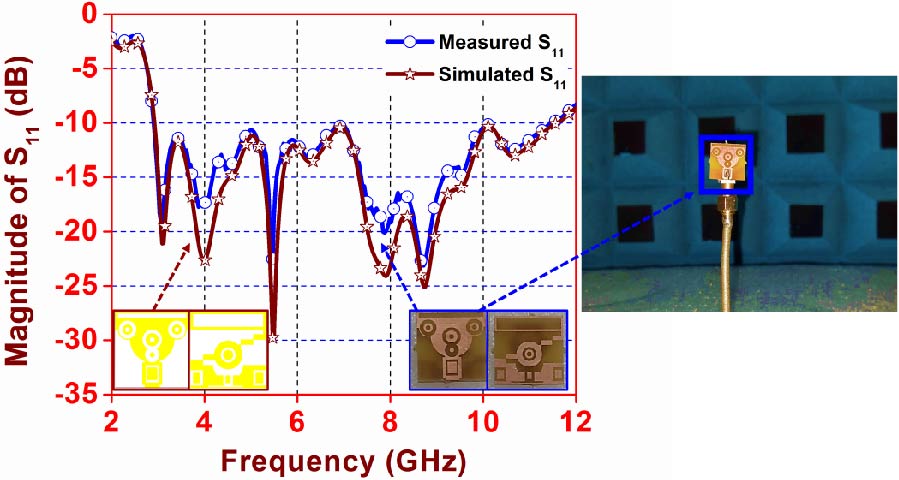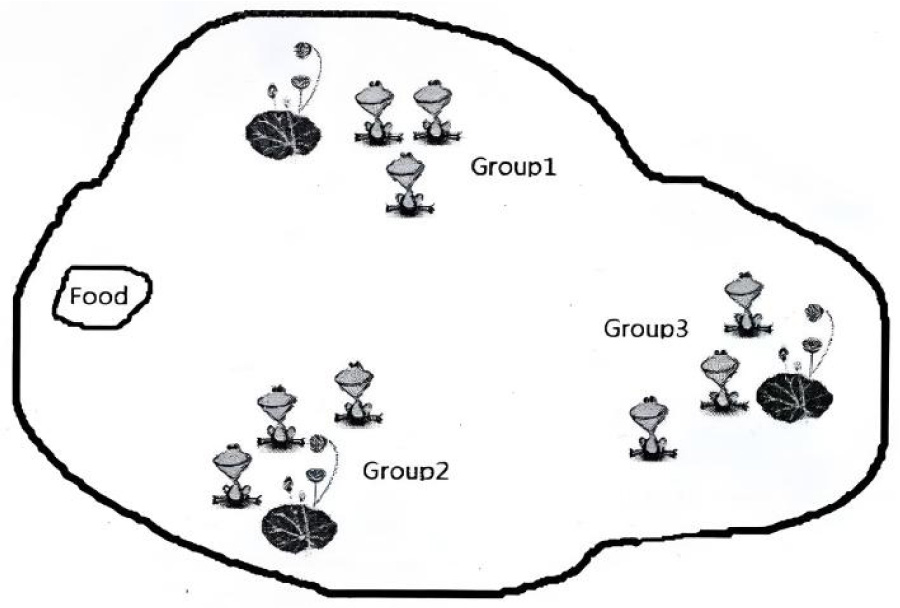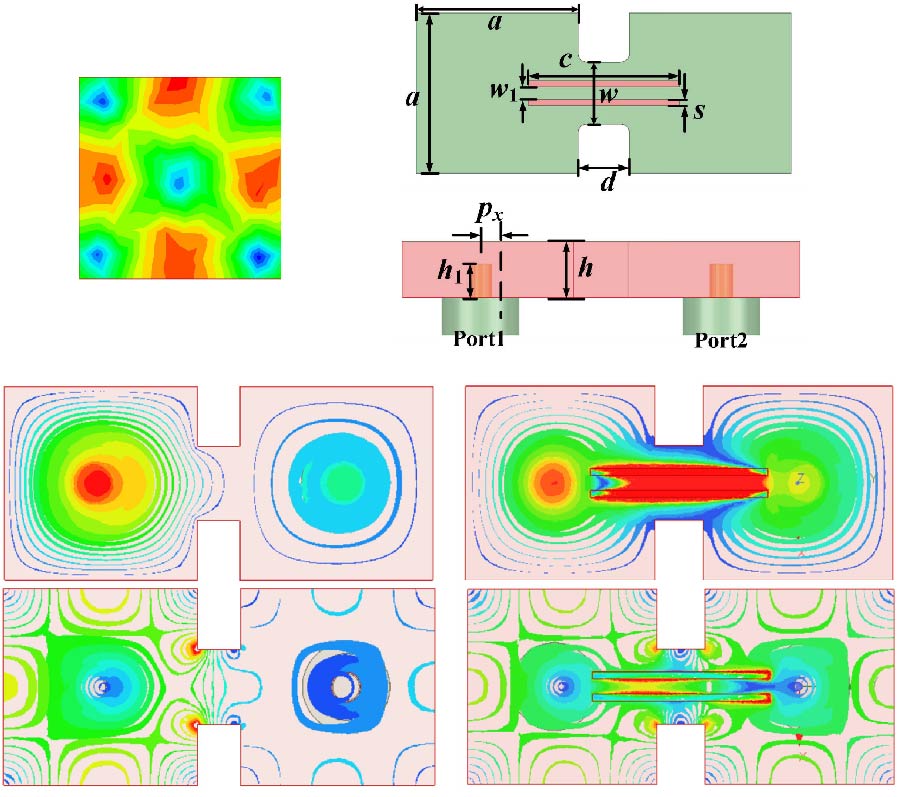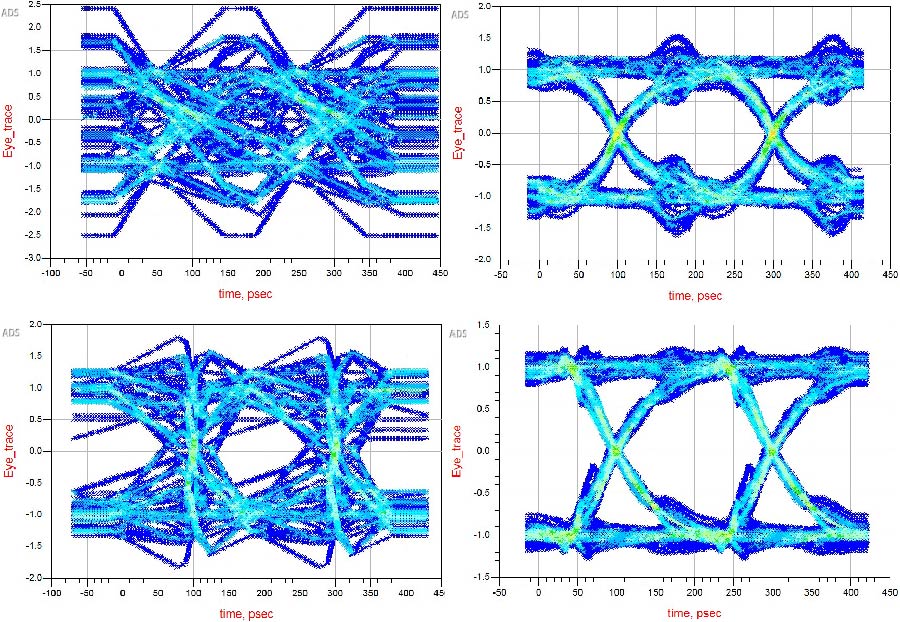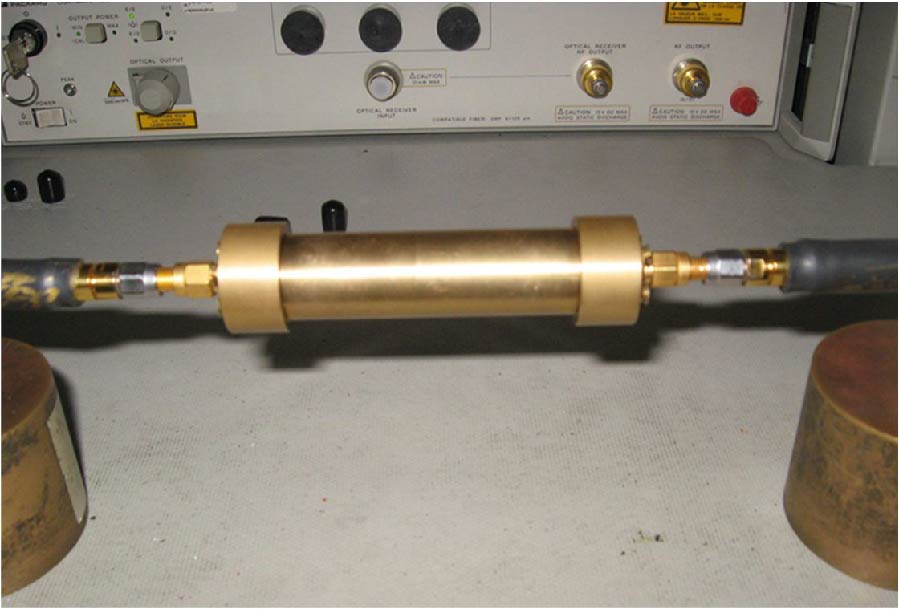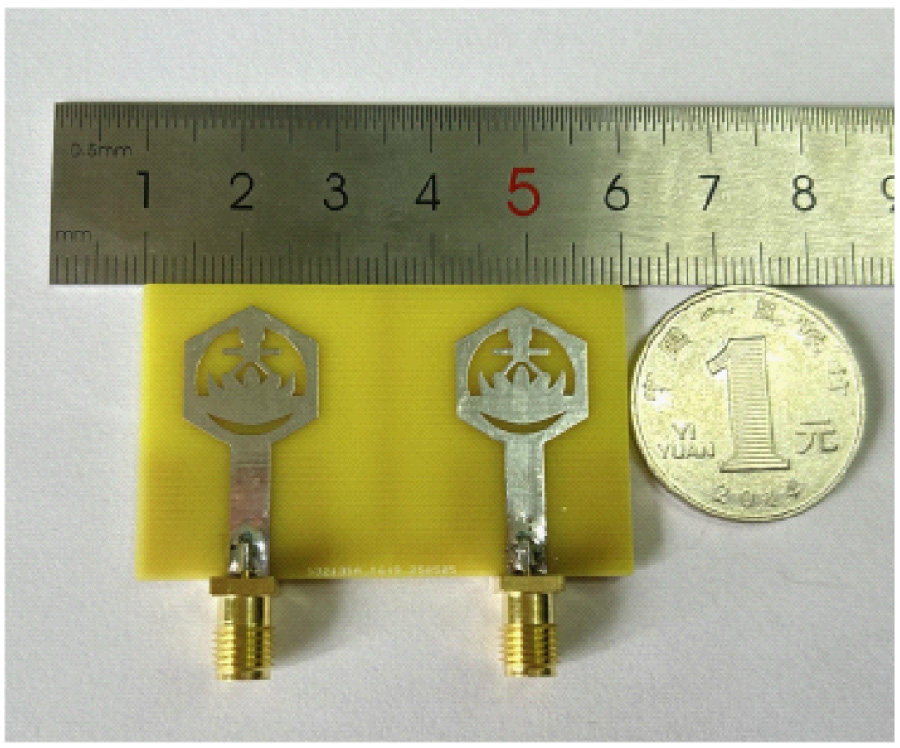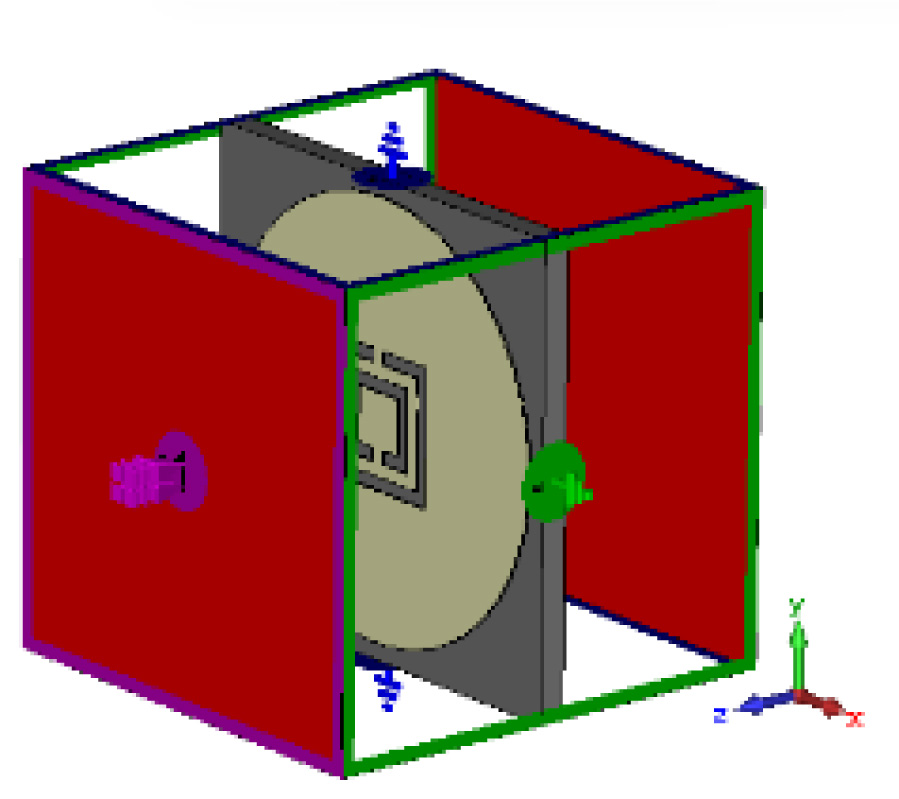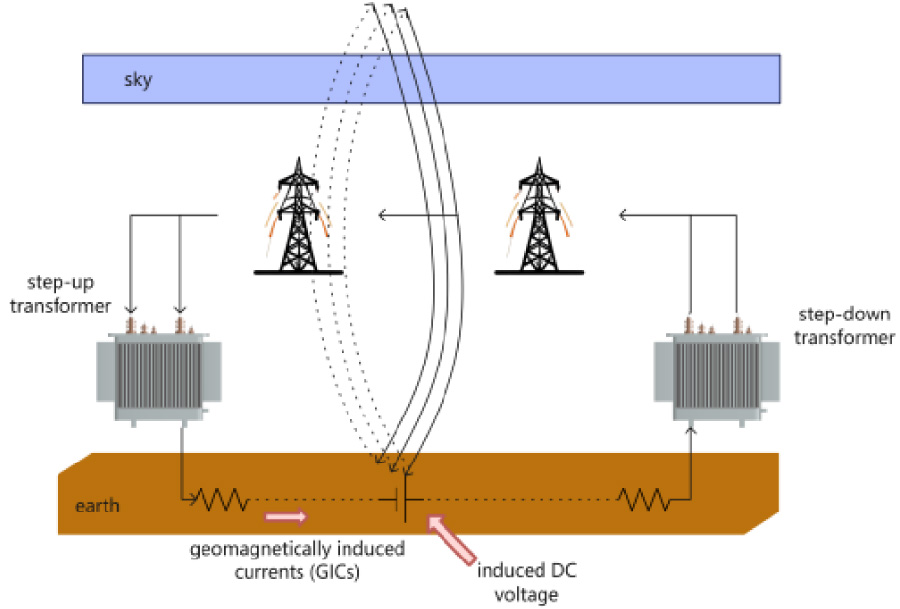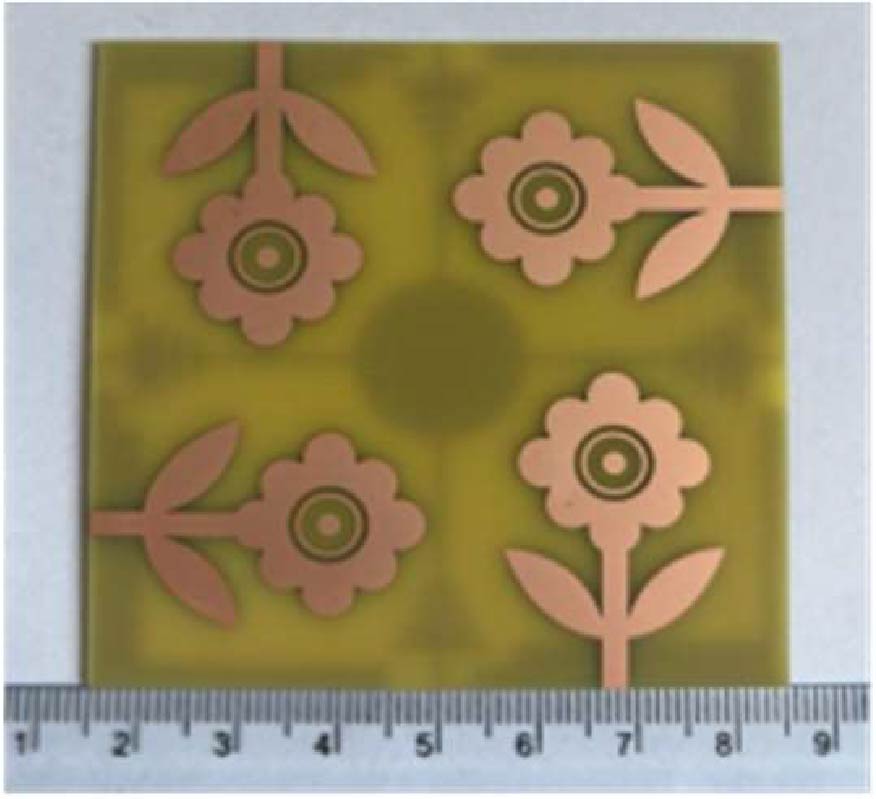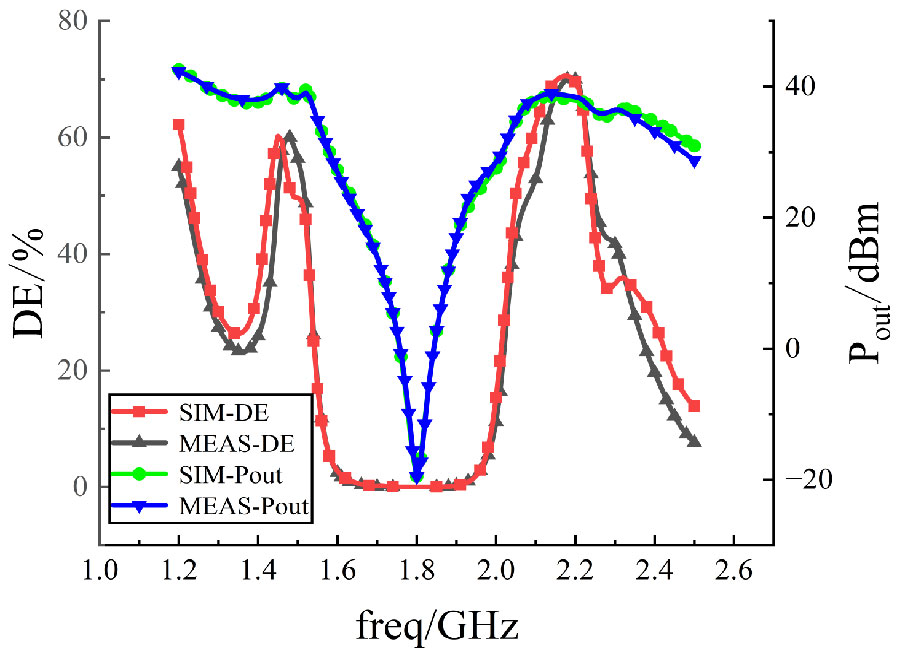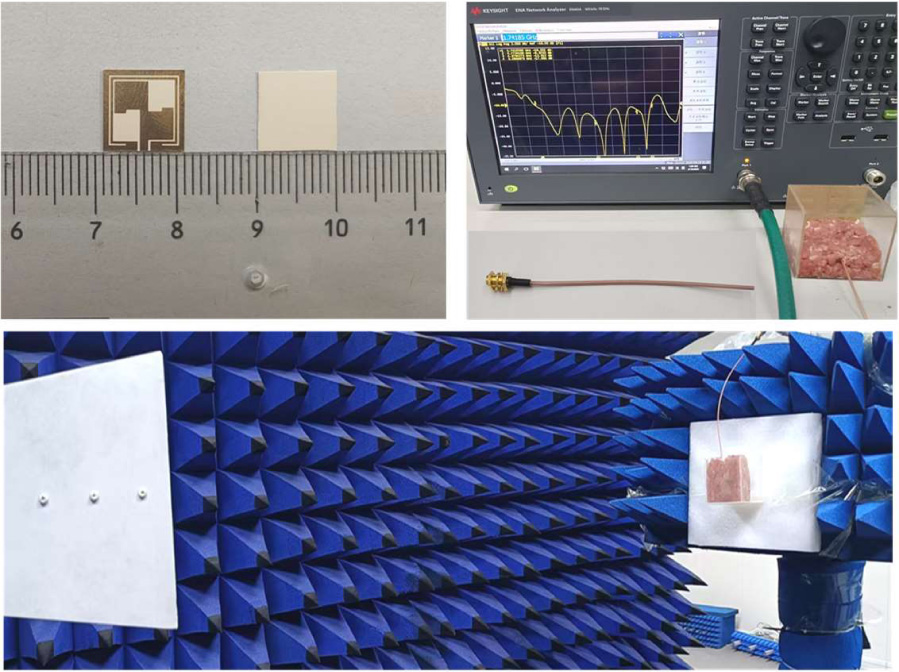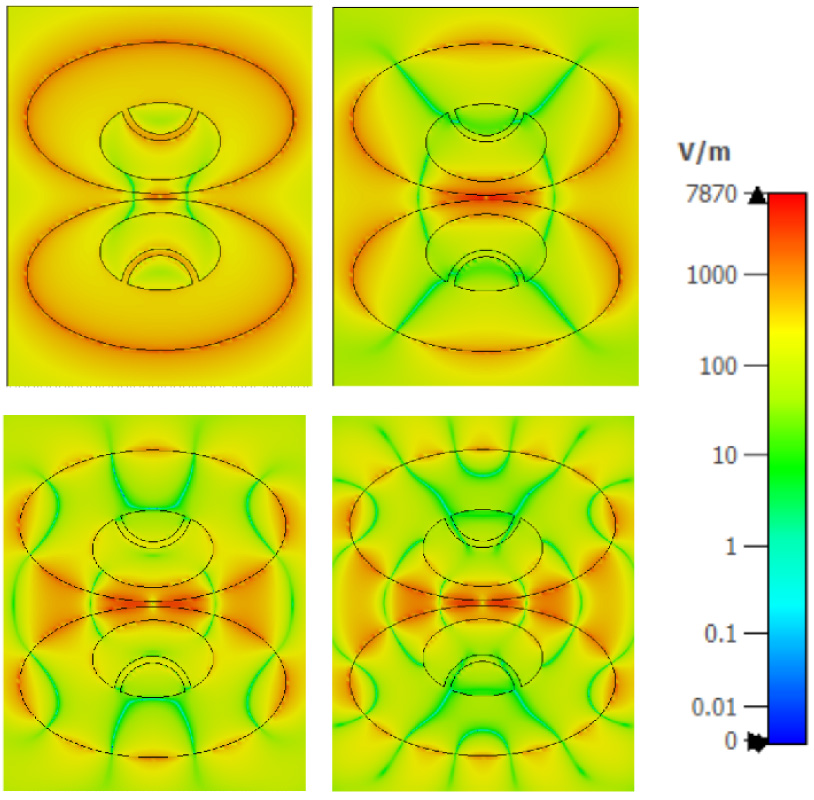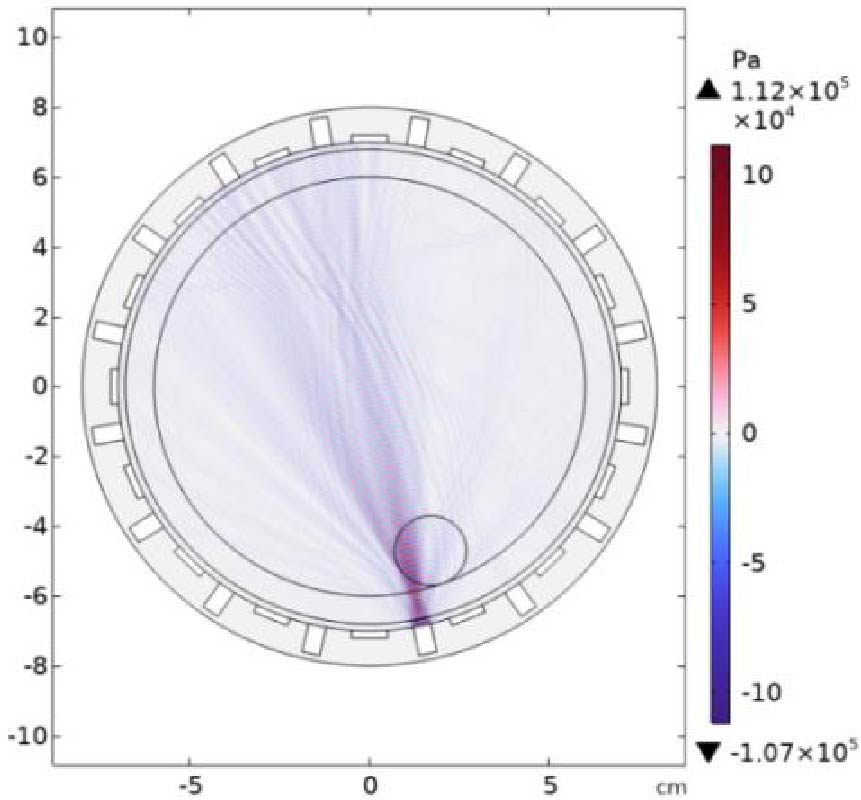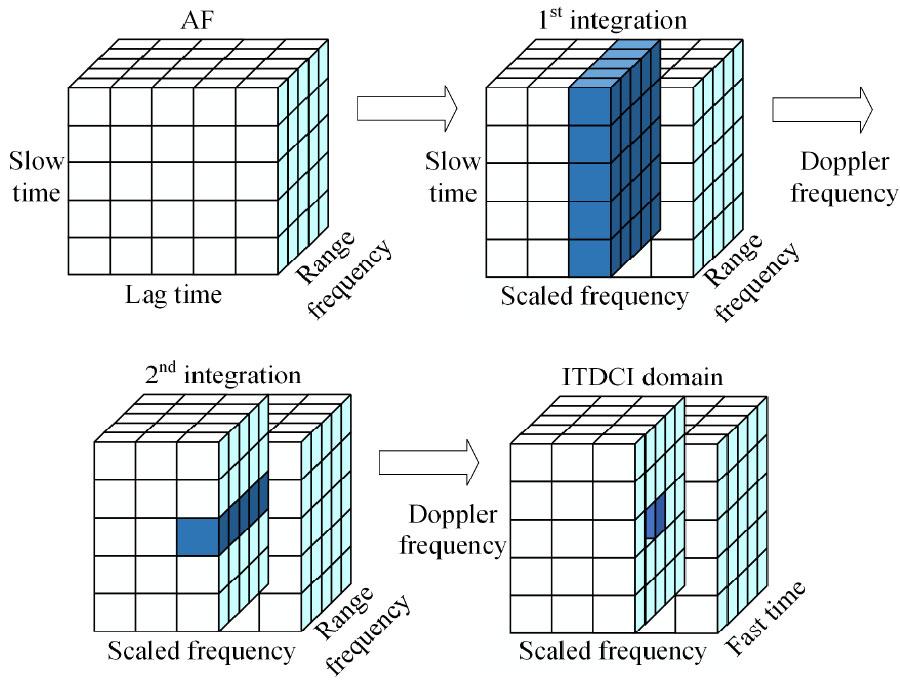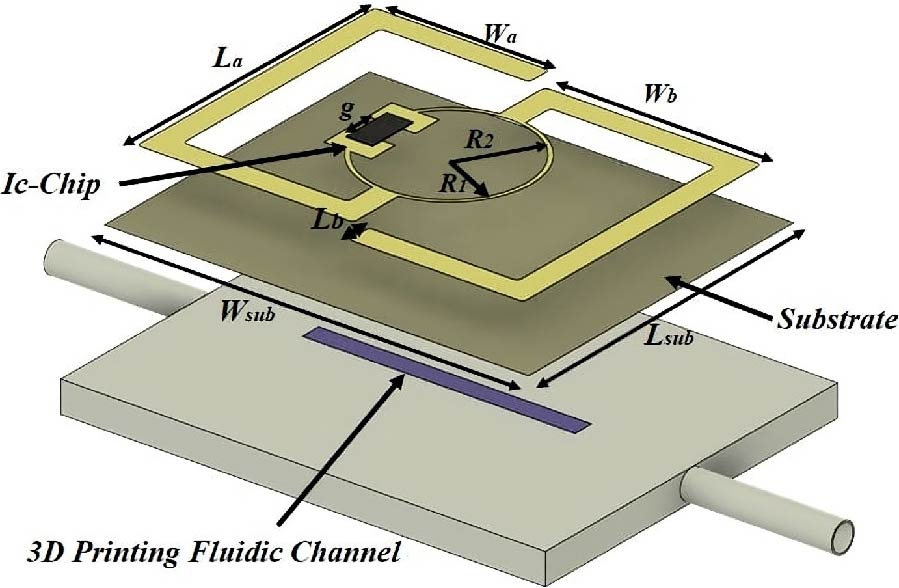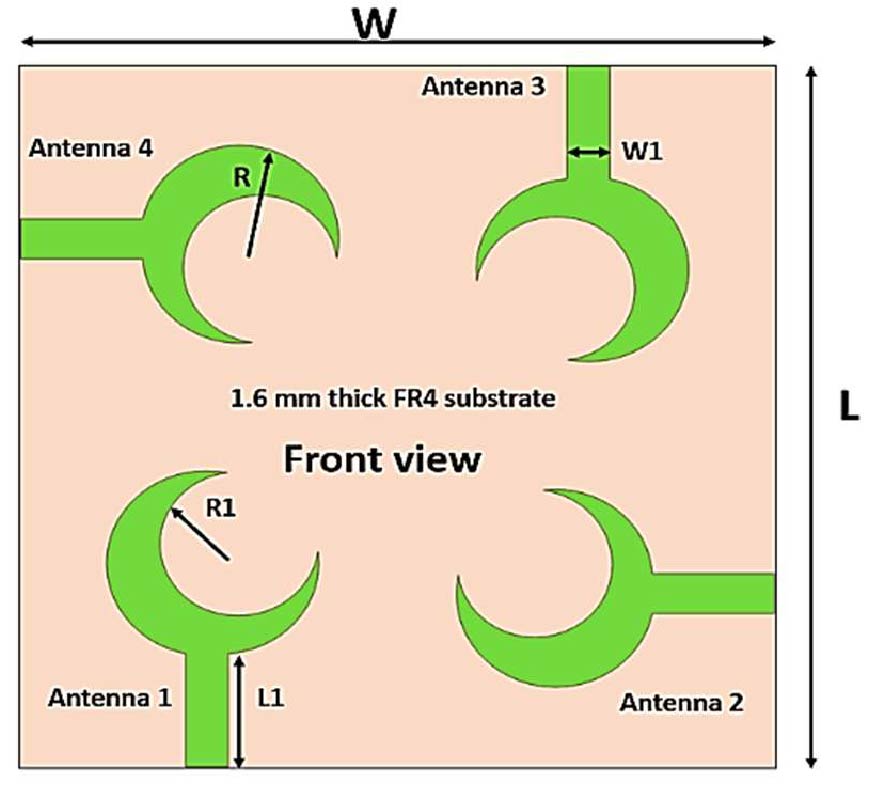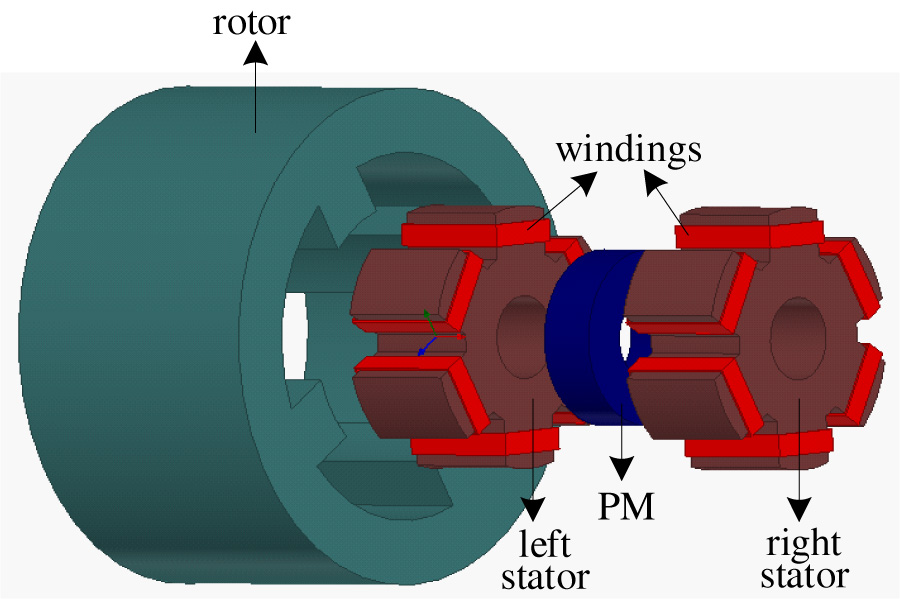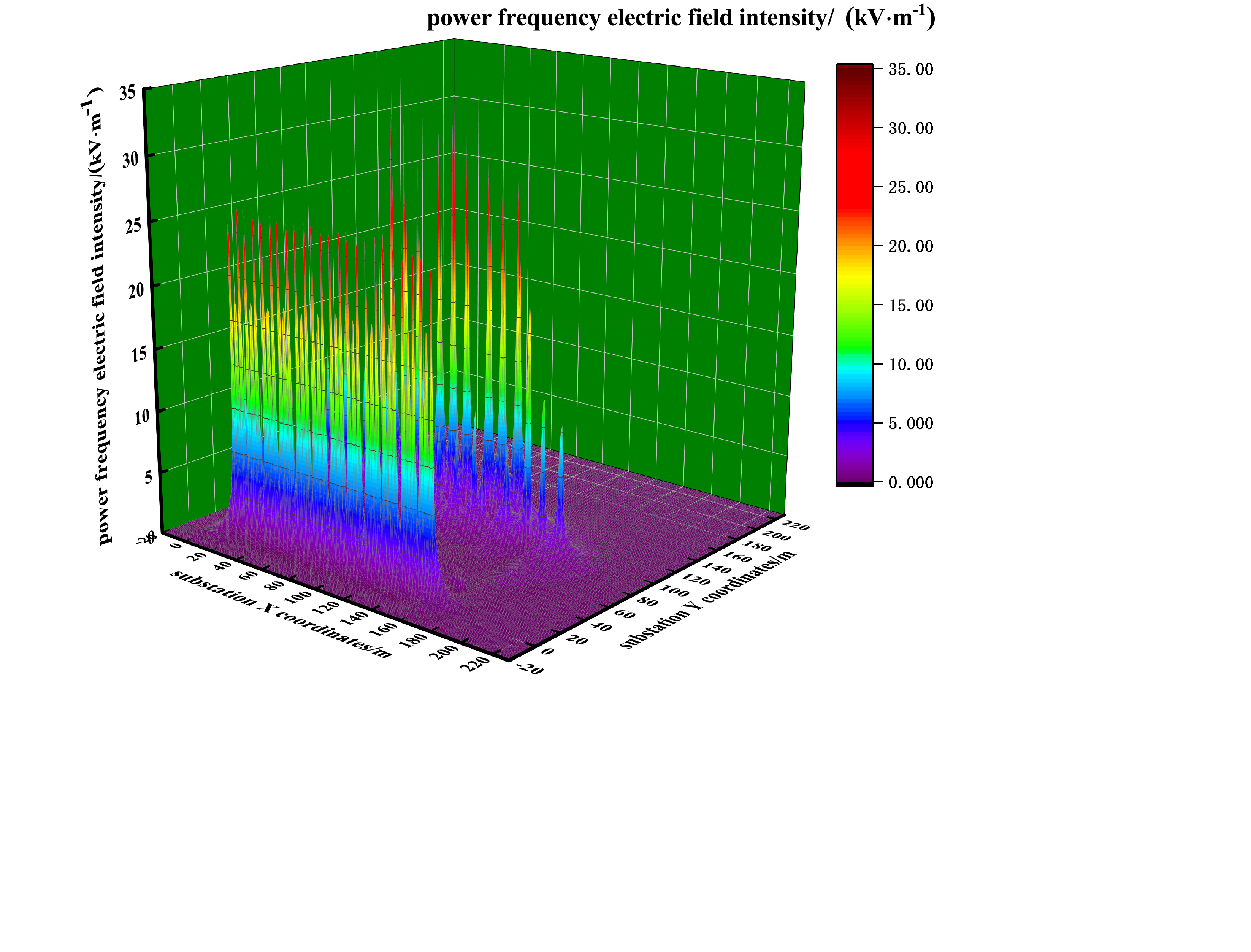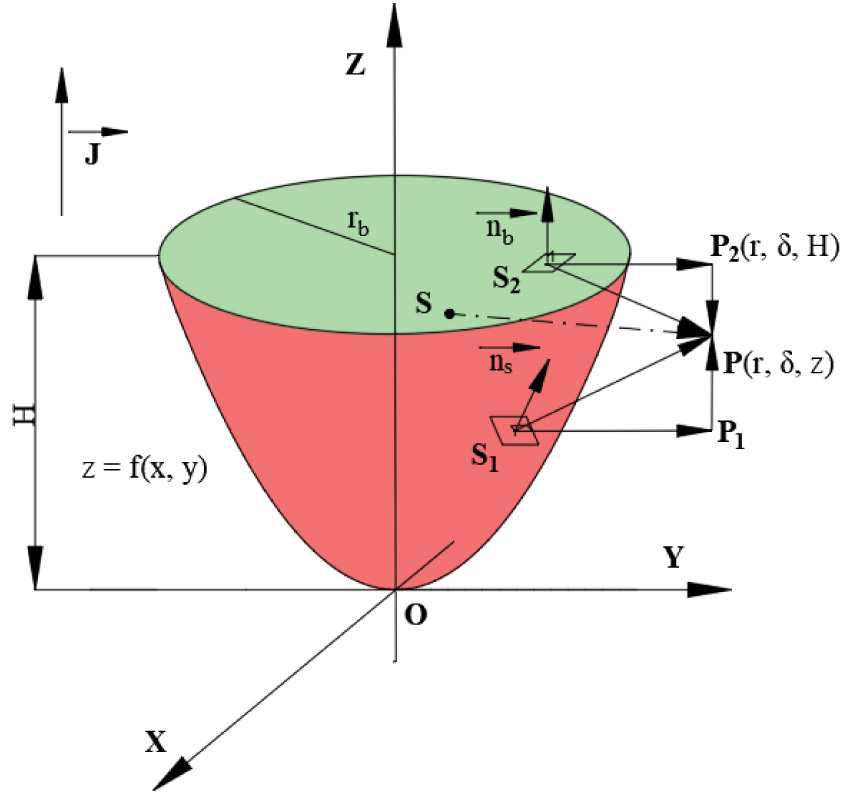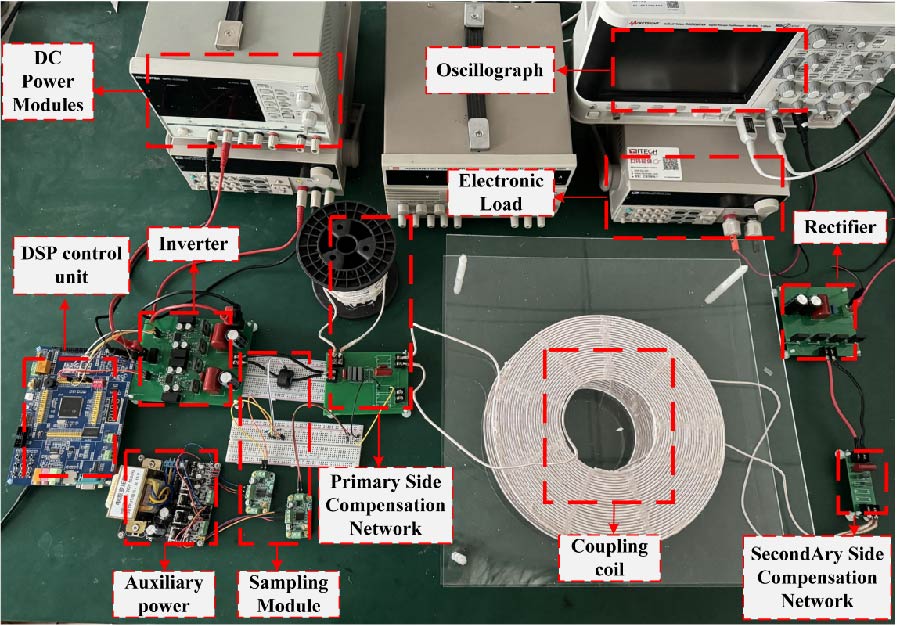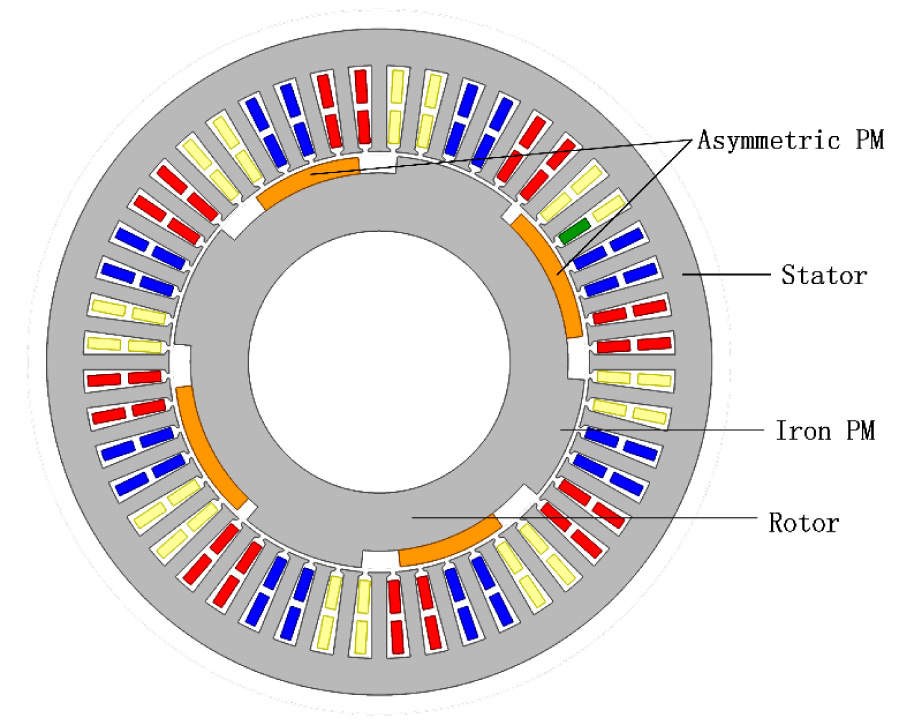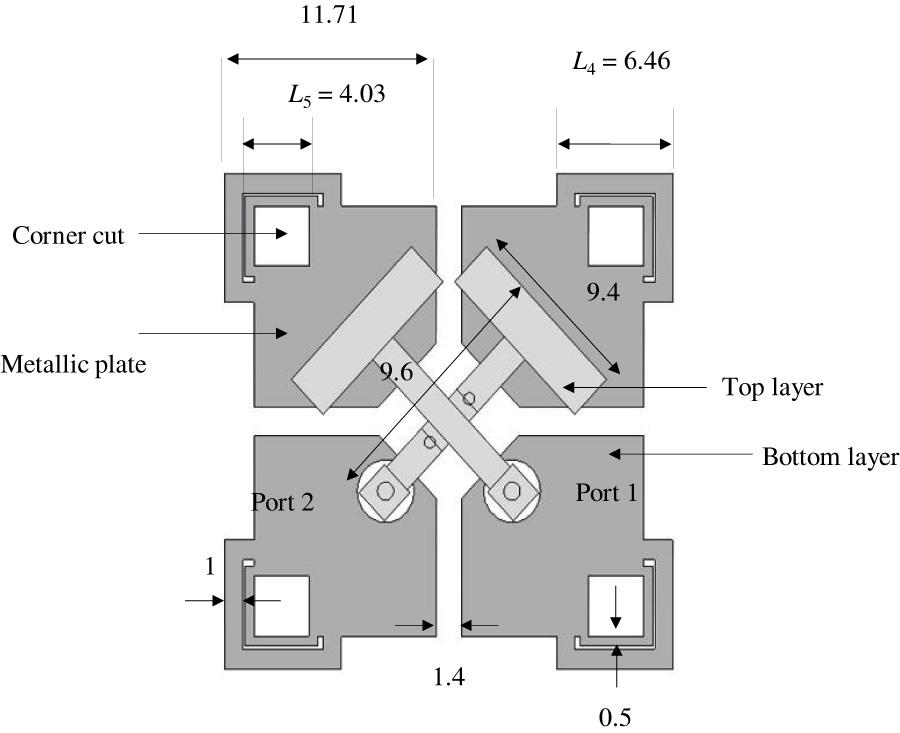New Approach to Extract the Complex Relative Permittivity from Two Circular Coaxial Transmission Lines
Ghislain Fraidy Bouesse,
Amour Elang Ghordanne Langa-Etotsou and
Franck Moukanda Mbango
This paper investigates a new, simple, fast, and broadband procedure to extract the material intrinsic parameters through new mathematical modeling. It only uses the transmission coefficient of two identical lines. The method is based on the mathematical reformulation of the two transmission lines, taking into account the effects of discontinuities at the interface connecting the trapper and the connector, as well as the included S-parameters. These test cells have different lengths, so the sample under test (SUT) complex relative permittivity is determined after fixing the vacuum structure's electric length. At the same time, the mathematical formulation of the telecommunications equation, which links transmission and reflection coefficients, was used to determine the loss tangent parameter by combining the attenuation and phase coefficients. The correction of the electric length difference of the transmission coefficients resulting from the measurement of the vacuum-filled test cells is done using an affine function. The frequency is the variable parameter, and the slope (rate of variation) and the initial value (ordered at the origin) are computed according to the test cell used. On the one hand, the suggested principle has the advantage of extracting the relative permittivity of the sample under test beyond the limit set by the appearance of higher-order modes (propagated by considering the test fixture's transverse dimensions). On the other hand, the use of the reflection coefficient, although it improves the attenuation coefficient extraction, limits the characterization band of the loss tangent. A circular coaxial test fixture has been used in the 1-20 GHz frequency range to validate the proposed method with samples of various materials, including semolina, polenta, Q-Cell 5020 (ceramic powder), aquarium stone, distilled water, and phantom gel. The results are compared with those from the two transmission lines technique, as defined in its popular form.
